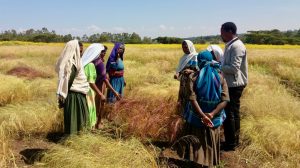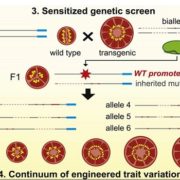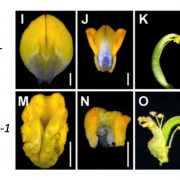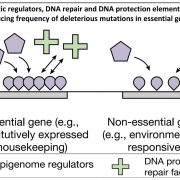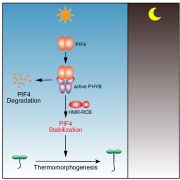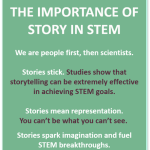Teff breeding potentials from data-driven, participatory characterization of farmer varieties (eLIFE)
There is a clear need to synergize advances from cutting-edge genomic approaches with the needs and knowledge of growers, particularly small-holder growers who have access to much of a crop’s genetic diversity. Here, Woldeyohannes, Iohannes et al. took a transdisciplinary approach to explore the breeding potential of teff (Eragrostis tef), a cereal crop widely grown in Ethiopia which is also considered a neglected and underutilized species (NUS). (The spongy flat bread served with Ethiopian food is made from teff). The authors assembled a collection of 366 teff varieties (321 farmer varieties derived from landraces and 45 improved lines), which they characterized by genome-wide molecular markers and by evaluation by a panel of experienced teff growers (15 women and 20 men), providing a meaningful connection between genetic analysis and farmer preferences. The study found that variance for production traits and farmer preferences had both geographic and genetic correlations. GWAS analysis identified loci and candidate genes related to phenology, yield, local adaptation, and farmers’ appreciation. Interestingly, men and women evaluated the crops somewhat differently, which has been shown previously in smallholder farmers in Africa, and “may reflect gender roles in the value chain” (women are often more interested in use traits, and men in agronomic traits such as plant height). This study provides an exciting model in which to identify avenues to improve neglected and underutilized species in ways that will be beneficial to those who grow them. (Summary by Mary Williams @PlantTeaching) eLIFE 10.7554/eLife.80009


